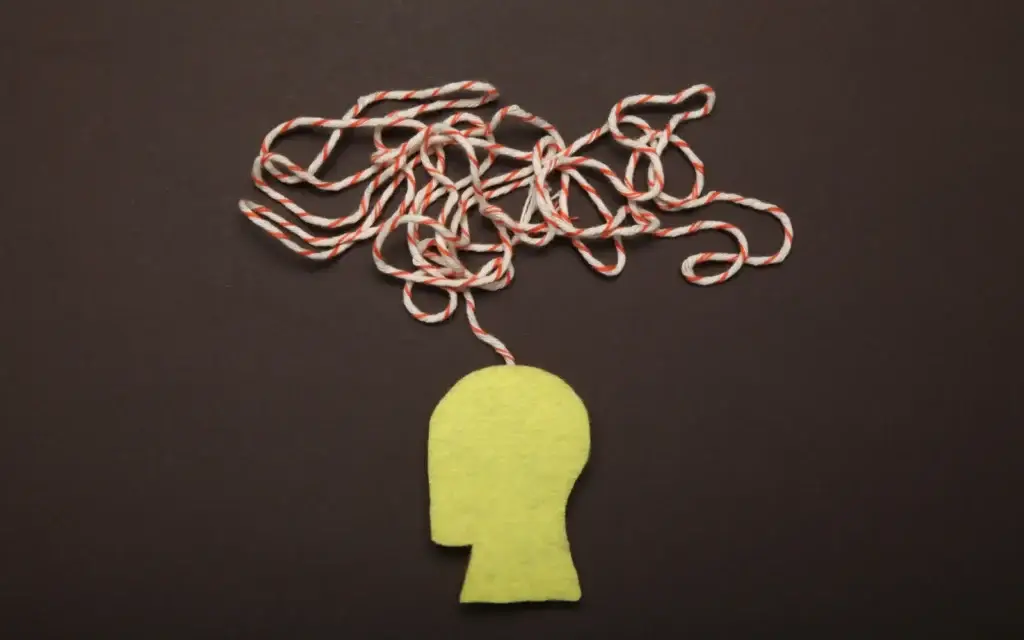
Home » EMDR

Eye Movement Desensitization and Reprocessing (EMDR) is an evidence-based therapy designed to help the brain and body process experiences that were too overwhelming to fully make sense of at the time when the event occurred. When those experiences go unprocessed, they can continue to affect how we think, feel, and react—long after the experience has passed.
When something hard or traumatic happens, especially if it felt like too much all at once, the memory doesn’t always get filed away like other memories do. Instead, it can get stuck. And when it’s stuck, it can show up in your present in all kinds of frustrating and painful ways—maybe through anxiety that doesn’t quite make sense, sudden emotional reactions, difficulty trusting yourself, or feeling like you’re reliving something even when you know you’re safe now. It’s not about weakness or doing anything wrong. This is just how our brains respond when something too big, too fast, or too painful happens without the chance to fully process it.
EMDR works by helping your brain do what it naturally wants to do: heal. Using something called bilateral stimulation, like guided eye movements or gentle tapping, it activates the brain’s natural ability to reprocess those stuck experiences. You don’t need to retell your whole story in detail, and you don’t have to force anything. The process is structured but gentle, and it’s something we do together. What often surprises people is how much changes internally—not just how they think about the memory, but how it feels in their body. That tight grip begins to loosen. There’s more room to breathe.
While EMDR was originally developed for trauma and PTSD, it’s now used to support healing from all kinds of things like grief, anxiety, low self-worth, panic, phobias, and difficult experiences that might not seem “traumatic” but left a mark all the same. If there’s something in your life that feels stuck or keeps pulling you into old patterns, EMDR might help you shift it in a lasting way.
I know it can sound a little strange at first. The idea of moving your eyes or tapping to process pain might not sound like much but time and again, people describe a kind of quiet relief they hadn’t felt before. Not forgetting what happened, but finally feeling like it doesn’t have to take up so much space inside. Finally feeling free to move forward without that weight holding them back.